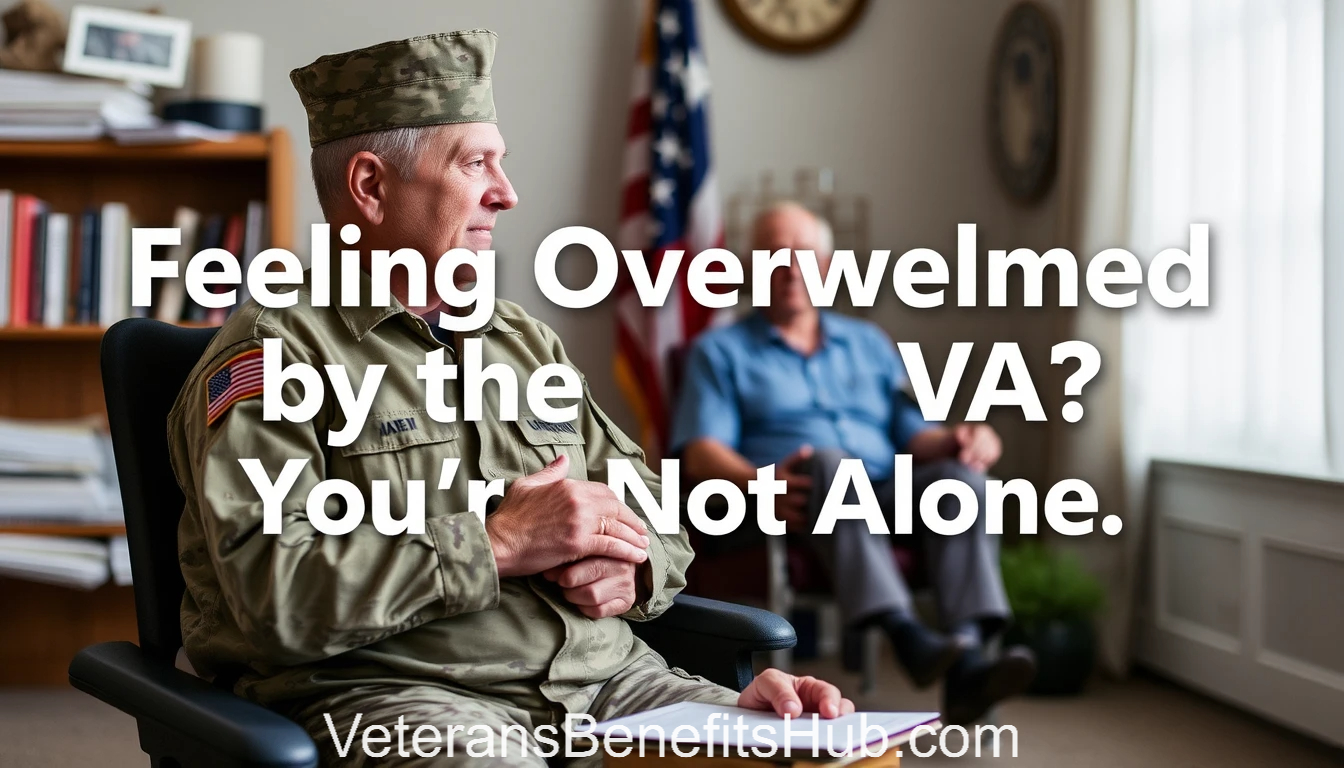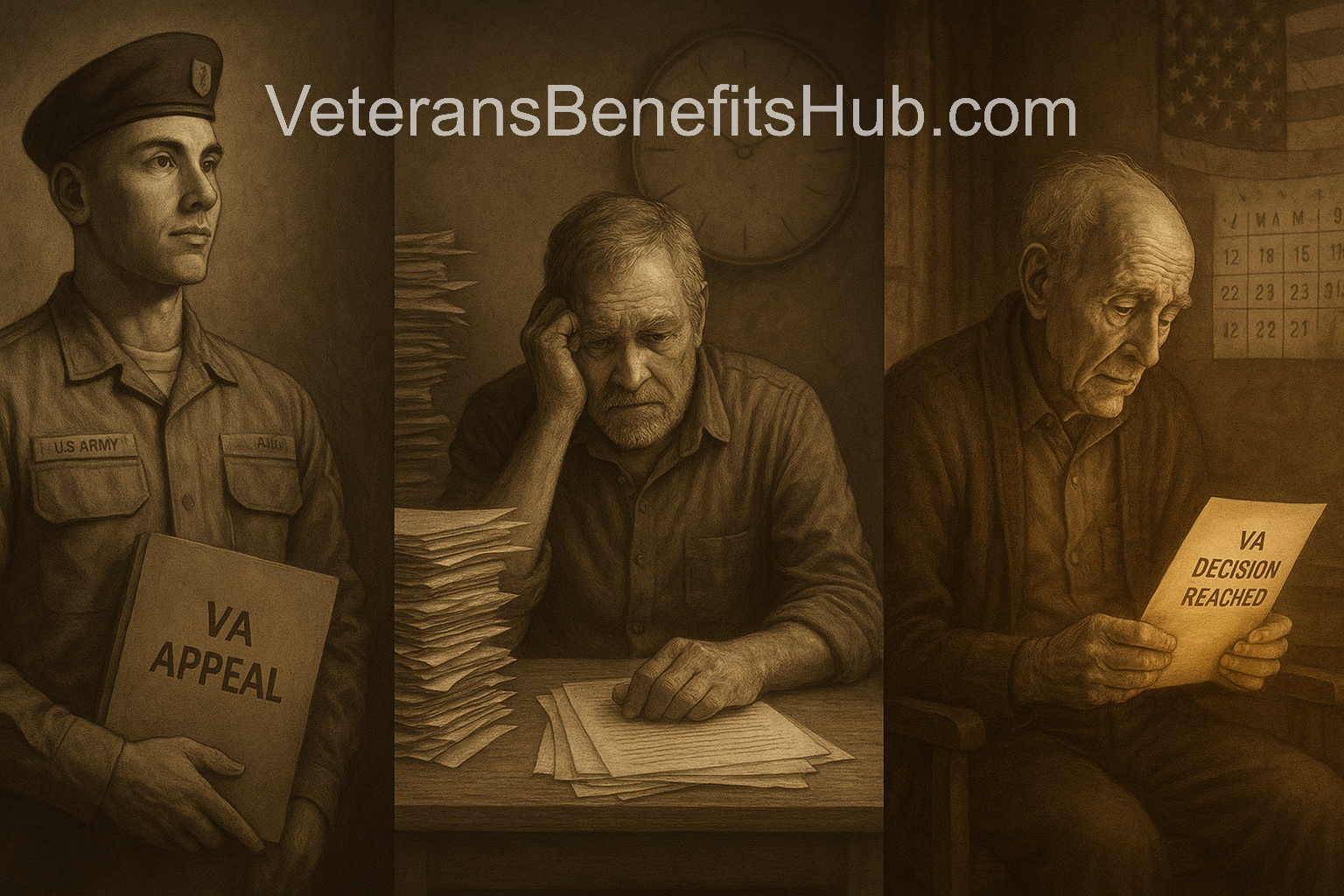Don’t Wait: VA Disability Compensation Rating Schedule Changes Ahead

Upcoming VA Rating Schedule Changes: Why Veterans Should File Now
The Department of Veterans Affairs (VA) continues to revise its rating schedules. If you’re a veteran with certain conditions, it’s crucial to consider filing a claim now—before it’s too late. The VA has a history of implementing significant changes with limited outreach, leaving many veterans unaware until it’s too late.
Since 2017, the VA has modified ten rating schedules, including changes to the digestive system just a year and a half ago. These updates can greatly impact veterans, especially those who have not yet filed claims. For example, the rating schedule for gastroesophageal reflux disease (GERD) was previously evaluated under hiatal hernia criteria, which considered common symptoms like heartburn and indigestion. Today, the VA focuses almost exclusively on esophageal stricture and difficulty swallowing. This has made it more difficult to obtain compensation for GERD unless severe symptoms are documented.
Upcoming Changes Expected in August
In August of this year, the VA is expected to finalize updates to four additional rating schedules:
- Mental Health
- Auditory
- Respiratory
- Neurological
If you have a condition affected by these upcoming changes, filing a claim before the new schedules take effect can help protect your benefits.
Key Concerns for Veterans
1. Tinnitus Will No Longer Be a Standalone Condition
The VA is expected to remove tinnitus as a ratable condition on its own. Instead, it will be considered a symptom of another condition, such as Meniere’s disease or traumatic brain injury (TBI). This shift could result in more claim denials, as veterans will need to establish a direct link between tinnitus and a primary service-connected condition.
Currently, tinnitus is one of the most commonly rated conditions, often at 10%. While it may seem minor, that 10% can unlock secondary claims for migraines, anxiety, depression, and more. Veterans are strongly encouraged to file now before this change takes effect.
2. Major Changes to Sleep Apnea Ratings
The proposed update to the sleep apnea rating schedule could dramatically reduce benefits. Under current rules, being prescribed a CPAP machine typically results in a 50% rating if service connection is granted. The proposed changes would lower this to 0% if treatment is deemed effective.
If you suspect your sleep apnea is related to your military service, it’s essential to file a claim or submit an intent to file before the new schedule takes effect. Claims submitted before the effective date will be considered under the current criteria, even if the decision comes later.
Need Medical Evidence? Consider AME
If you require a proper diagnosis, a nexus letter, or medical documentation such as a Disability Benefits Questionnaire (DBQ), consider working with American Medical Experts (AME). Their board-certified doctors can provide reliable, evidence-based reports—often without you needing to leave your home.
Final Thoughts
Don’t leave benefits on the table. Every percentage point counts, especially if you’re rated below 100% Permanent and Total. These changes could make it significantly harder to get rated in the future, and proactive action now can protect your access to important benefits like compensation, special monthly compensation, and clothing allowances.








